Have you ever walked into a home during a festival and found yourself pausing at the sight of a beautiful pattern of colours at the doorstep? That is Rangoli, one of Hindu culture’s most joyful and meaningful traditions.
Rangoli is not just an art form. It is a prayer drawn with colours. It is a silent invitation for prosperity to enter, for negativity to stay away, and for blessings to fill the space. Every line, curve, and hue carries the spirit of devotion, celebration, and welcome.
Rooted deeply in ancient traditions, Rangoli transforms the ground into a canvas of positive energy. It is believed that creating Rangoli pleases the divine, harmonizes the environment, and uplifts the hearts of all who see it.
As families pass this tradition from one generation to the next, Rangoli becomes a living connection to culture, faith, and beauty.
In this article, we explore the sacred meaning of Rangoli, its spiritual power, regional styles, materials, and how this vibrant custom continues to thrive even in modern times.
Let us begin by understanding, what is Rangoli?
What is Rangoli?
Rangoli is a traditional Indian art form where intricate patterns are created on the ground using materials like coloured rice, dry flour, coloured sand, or flower petals. These designs are typically crafted at the entrances of homes and temples during festivals and special occasions.
The term 'Rangoli' is derived from the Sanskrit word 'Rangavalli', meaning a row of colours. This art form is known by various names across India: 'Kolam' in Tamil Nadu, 'Alpana' in West Bengal, 'Muggu' in Andhra Pradesh, 'Mandana' in Rajasthan, and 'Aipan' in Uttarakhand. Each regional variation has its unique style, motifs, and significance.
Traditionally, Rangoli is more than just decorative art; it is a symbol of auspiciousness, prosperity, and a warm welcome to guests and deities. The practice is deeply rooted in Indian culture and is passed down through generations, often taught by mothers to their daughters.
Beyond its aesthetic appeal, Rangoli serves as a medium to express devotion, celebrate festivals, and bring communities together. The designs can range from simple geometric patterns to elaborate depictions of deities and nature-inspired motifs, reflecting the rich cultural tapestry of India.
Spiritual and Cultural Significance of Rangoli
Rangoli is more than just decorative art; it holds profound spiritual and cultural importance in Hindu traditions. This vibrant practice is deeply intertwined with rituals, beliefs, and the daily lives of many Indian households.
A Symbol of Auspiciousness
In Hindu culture, Rangoli is considered a symbol of auspiciousness and is believed to usher in good luck and prosperity. Drawing Rangoli at the entrance of homes is a common practice to welcome guests and deities, signifying an attitude of hospitality and reverence.
Invoking Divine Presence
The act of creating Rangoli is seen as an offering to the gods, inviting divine blessings into the home. The intricate patterns and vibrant colours are thought to attract positive energies and ward off evil spirits, creating a sanctified space for worship and celebration.
Connection to the Five Elements
Rangoli designs often incorporate symbols representing the five elements; earth, water, fire, air, and space, reflecting the interconnectedness of the universe. This connection emphasizes harmony with nature and the cosmos, aligning the household with universal energies.
Cultural Transmission and Community Bonding
Traditionally, the knowledge of creating Rangoli is passed down through generations, often from mothers to daughters, preserving cultural heritage. During festivals and special occasions, families and communities come together to create elaborate Rangoli designs, fostering a sense of unity and shared cultural identity.
Daily Ritual and Discipline
In many regions, drawing Rangoli is a daily ritual performed in the early morning after cleaning the entrance area. This practice instils a sense of discipline and mindfulness, marking the beginning of the day with a spiritual act that brings positivity and focus.
In essence, Rangoli serves as a bridge between the physical and the spiritual, the individual and the community, the mundane and the divine. Its enduring presence in Hindu culture underscores its significance as a living tradition that continues to inspire and unite.
When and Where is Rangoli Made?
Rangoli is created to mark moments of celebration, devotion, and new beginnings. The timing and placement of Rangoli are deeply tied to spiritual meanings and practical traditions in Hindu culture.
When is Rangoli Made?
- Daily Rituals : In many traditional households, Rangoli is drawn every morning at the entrance after sweeping and cleaning. It symbolizes starting the day with purity, gratitude, and positivity.
- Festivals and Religious Occasions : Special and elaborate Rangolis are made during major Hindu festivals like Diwali, Pongal, Onam, Makar Sankranti, Navratri, and Dussehra. These vibrant designs invoke blessings from deities and enhance the festive spirit.
- Weddings and Auspicious Ceremonies : During weddings, naming ceremonies (Namkaran), griha pravesh (housewarming), and poojas, Rangoli is drawn to welcome divine energy and ensure success, happiness, and good fortune.
- Special Days : In some regions, Rangoli is made especially on Fridays and other days dedicated to Goddess Lakshmi or other deities, symbolizing devotion and inviting prosperity.
Where is Rangoli Made?
- At the Entrance of Homes : The main door is considered the threshold between the outer world and the sacred interior space. Drawing Rangoli at the entrance purifies the space and welcomes both human guests and divine forces.
- Inside Temples and Mandirs : Rangoli patterns are created inside temples, particularly near sanctums and around sacred idols, to enhance the spiritual environment and offer beauty to the divine.
- Courtyards and Prayer Areas : Many homes with courtyards create large, detailed Rangolis during festivals to create a sacred ambiance for family gatherings and rituals.
- Public Spaces During Festivals : During major festivals, large community Rangolis are drawn in marketplaces, temple compounds, and streets, turning public spaces into colourful expressions of collective devotion and joy.
Materials Used in Making Rangoli
Traditionally, Rangoli is crafted using natural, easily available materials that are both beautiful and spiritually meaningful. The choice of material often depends on the occasion, region, and availability.
Common Traditional Materials
- Rice Flour or Dry Flour : Used especially for daily Rangolis. It symbolizes prosperity and also serves as food for small creatures like ants and birds, reflecting the principle of ahimsa (non-violence) and compassion in Hindu philosophy.
- Coloured Powders : Natural dyes made from turmeric (yellow), vermilion (red), rice powder (white), and ground leaves (green) were traditionally used. Today, ready-made synthetic Rangoli powders are also popular for their bright and lasting colours.
- Flower Petals : Marigolds, roses, jasmines, and chrysanthemums are commonly used, especially during festivals like Onam and Diwali. Floral Rangolis are fragrant, vibrant, and deeply auspicious.
- Sand and Natural Stones : In regions with sandy soil, fine white sand is often used for intricate patterns. Coloured sand is now widely available for detailed and layered designs.
- Grains and Pulses : To symbolize abundance and nourishment, items like lentils, beans, and pulses are sometimes creatively arranged in Rangoli designs, particularly during harvest festivals.
Contemporary Innovations
- Synthetic Rangoli Colours : Widely used today for their ease of application and bright results, especially for competitions and large public Rangolis.
- Chalk or Chalk Powder : For quick, temporary Rangolis, especially in schools, temples, and community centres.
- Ready-made Rangoli Stickers and Stencils : Popular for convenience in urban homes, where time and space may be limited, allowing even beginners to participate in the tradition.
Regional Styles of Rangoli Across India
While the spirit of Rangoli remains the same throughout India, to invite auspiciousness and beauty, every region has developed its own unique style, reflecting its cultural flavours, local materials, and artistic expressions.
Kolam (Tamil Nadu)
In Tamil Nadu, Rangoli is known as Kolam. It is usually made with rice flour and consists of intricate geometric patterns created with continuous curved lines. Drawn daily at dawn, Kolams are believed to bring prosperity and keep negative energies away. They emphasize symmetry, patience, and devotion.
Muggu (Andhra Pradesh and Telangana)
In Andhra Pradesh and Telangana, Muggu designs often resemble Kolams but are typically drawn using a dot grid pattern. During festivals like Sankranti, people create elaborate Muggu with coloured powders, showcasing scenes from mythology, nature, and village life.
Alpana (West Bengal)
In Bengal, the art of Alpana is traditionally done with a paste of rice flour mixed with water. The designs often depict lotus flowers, feet of Goddess Lakshmi, conch shells, and other auspicious symbols. Alpana is commonly drawn during Durga Puja, Lakshmi Puja, and weddings.
Mandana (Rajasthan and Madhya Pradesh)
In Rajasthan and parts of Madhya Pradesh, the traditional art form is called Mandana. Women create bold white designs using chalk, lime, or clay on red ochre floors or walls. Mandanas often feature animals, birds, and geometric patterns symbolizing protection and strength.
Chowk Purana (Uttar Pradesh)
In Uttar Pradesh, Chowk Purana is a traditional style where floors are decorated with motifs of lotus, peacocks, and sacred symbols using rice paste or colored powders. It is an important part of marriage rituals and festive celebrations.
Saathiya (Gujarat)
In Gujarat, Rangolis are often called Saathiya. They prominently feature the Swastika symbol along with flowers, vines, and religious motifs, especially during Navratri and Diwali. Saathiya represents stability, prosperity, and divine blessings.
Aipan (Uttarakhand)
In Uttarakhand, Aipan designs are drawn with a paste made of rice flour on red clay-coated walls and floors. Aipan patterns are associated with rituals like naming ceremonies, weddings, and housewarming functions, reflecting deep devotion to deities and ancestors.
Rangoli Designs and Their Meanings
Rangoli designs are not merely decorative; they are imbued with profound spiritual and symbolic meanings. Rooted in sacred geometry, these patterns serve as visual prayers, harmonizing the environment and inviting positive energies.
Sacred Geometry in Rangoli
At the heart of many Rangoli designs lies sacred geometry. A universal language of symbols and patterns that reflect the cosmos's inherent order. Common geometric elements include:
- Circles : Symbolize unity, completeness, and the cyclical nature of life.
- Triangles : Upward-pointing triangles represent fire and masculinity; downward-pointing triangles denote water and femininity.
- Squares : Represent stability, structure, and the material world.
- Lotus Patterns : Signify purity, spiritual awakening, and the unfolding of the soul.
These geometric patterns are not only aesthetically pleasing but also serve as tools for meditation and spiritual focus.
Symbolic Motifs in Rangoli
Beyond geometric shapes, Rangoli designs often incorporate motifs rich in cultural and spiritual significance:
- Swastika : An ancient symbol denoting auspiciousness, prosperity, and good fortune.
- Conch Shell (Shankha) : Represents the primordial sound and is associated with the divine.
- Footprints (Paad) : Symbolize the arrival of deities, especially Goddess Lakshmi during Diwali.
- Peacocks : Embody beauty, grace, and the arts.
- Mango Leaves : Signify fertility and abundance.
Each motif is thoughtfully chosen to align with the occasion's spiritual intent, be it a festival, wedding, or daily worship.
Mandalas and Yantras in Rangoli
Rangoli designs often mirror mandalas and yantras, complex, symmetrical patterns used in Hindu and Buddhist traditions to represent the universe and facilitate meditation. These designs serve as spiritual maps, guiding the practitioner toward inner harmony and connection with the divine.
Incorporating mandalas and yantras into Rangoli not only enhances its visual appeal but also imbues the space with sacred energy, transforming the act of creation into a meditative and devotional practice.
Rangoli in Modern Times
While rooted in ancient traditions, Rangoli continues to thrive and evolve in the modern world. Its spirit remains unchanged — creating beauty, inviting positivity, and connecting with the divine — but its forms and expressions have adapted to today's lifestyles.
New Materials and Styles
Modern Rangoli artists often experiment with a wide variety of materials beyond traditional rice flour and natural colours. Coloured chalk powders, acrylic paints, flower petals, glitters, ceramic granules, and even LED lights are now used to create vibrant, innovative designs.
Pre-designed Rangoli stencils, sticker Rangolis, and digitally printed mats make it easier for busy urban households to honour the tradition without compromising on time or skill.
Competitions and Public Celebrations
Today, Rangoli has also become a medium of public celebration and cultural pride. Rangoli competitions are held in schools, colleges, communities, and during festivals like Diwali, Navratri, and Pongal. Large, intricate designs are created collectively, often highlighting social messages, mythological stories, and national pride.
Artistic and Therapeutic Expression
In many places, Rangoli is now being recognized as a form of mindfulness and therapy. Drawing Rangoli patterns engages focus, creativity, and calmness, much like traditional meditation practices. For many, it serves as a joyful creative outlet, reconnecting them to roots while fostering inner peace.
Preserving Tradition in a Changing World
Even as the art form modernizes, the essence of Rangoli, devotion, beauty, hospitality, and positivity, continues to shine through. Many families consciously teach their children the value and techniques of making Rangoli, ensuring that the tradition remains alive not just in rituals, but in hearts.
Modern Rangoli is thus a beautiful example of how ancient practices can adapt and stay vibrant, continuing to spread joy and sacredness in ever-changing times.


-in-Astrology.jpg)
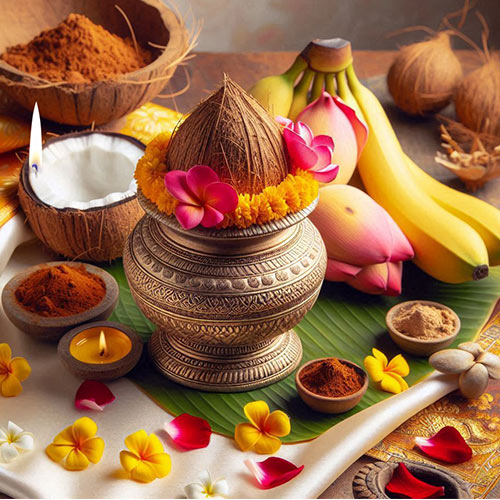
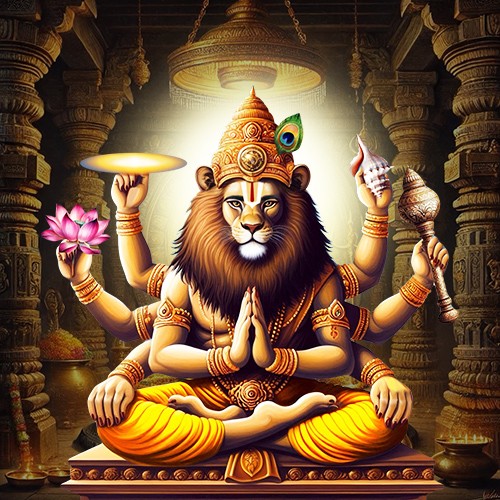
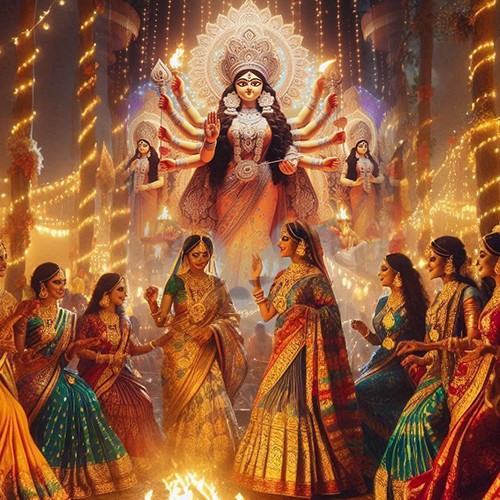
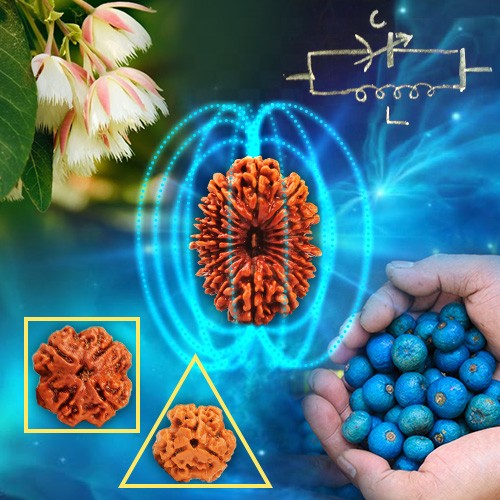

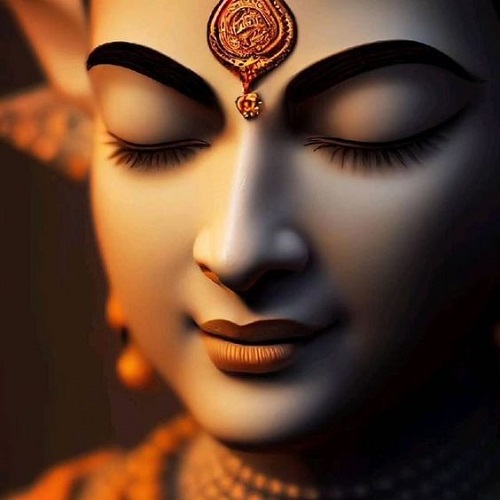
.jpg)
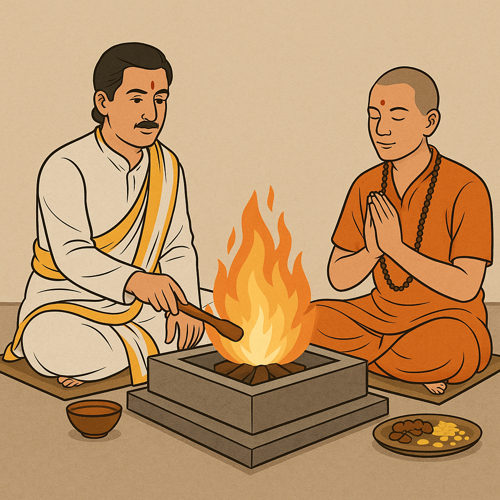
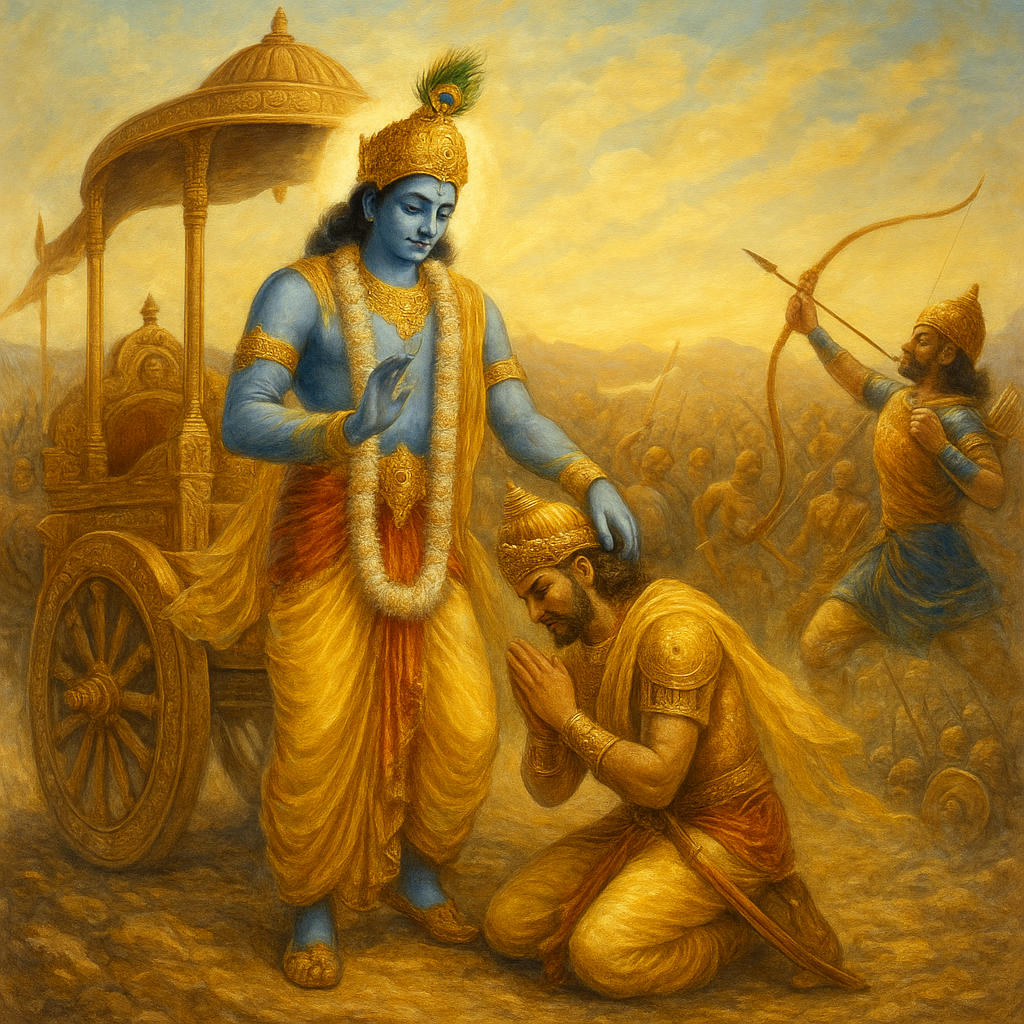
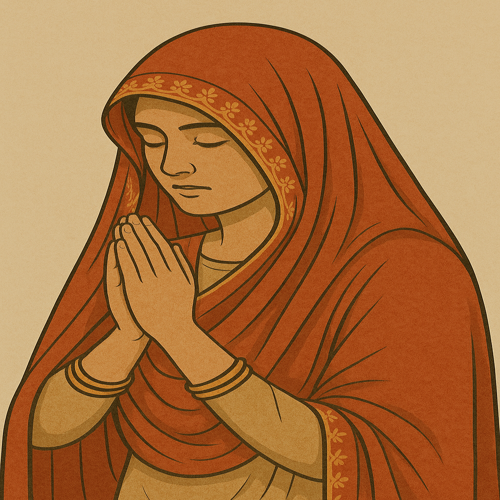
Comments 0
Leave your thought here